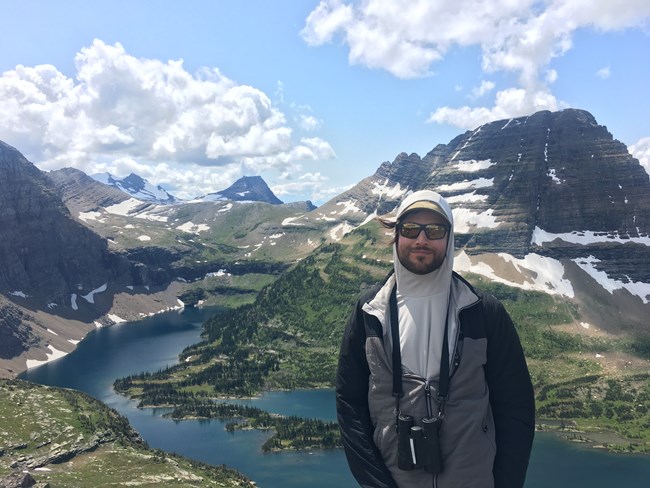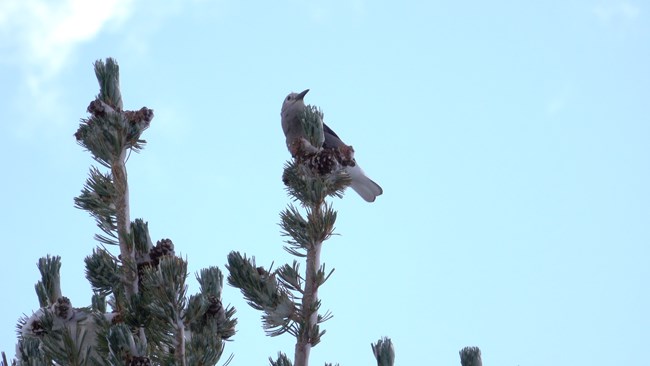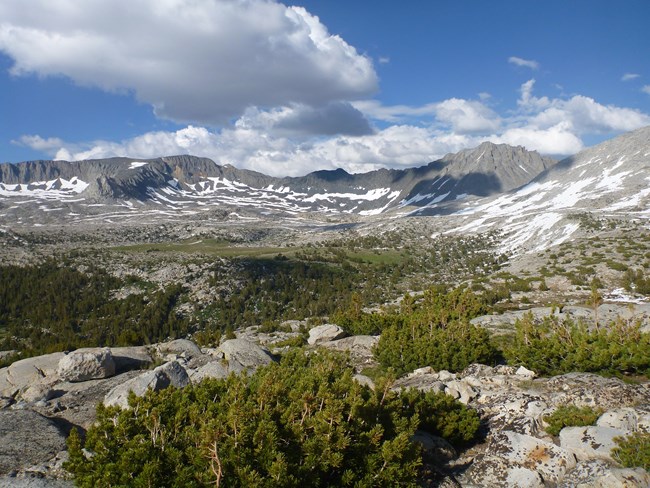Last updated: May 30, 2020
Article
Vladimir Kovalenko


Photo: ©Michael Durham
Why Graduate School?
"Working with whitebark pine and Clark's nutcrackers (in the Sierra) made me fall in love with this system," Vlad explained.He is pursuing graduate studies in Clark's Nutcracker ecology at the University of Montana and will do his field work in Glacier National Park.
"I wanted to affect management and restoration of this important bird-pine mutualism in the severely degraded whitebark pine ecosystem of Glacier National Park," Vlad said.
While whitebark pine stands are still healthy in the Sierra Nevada, in other parts of their range in the Northern Rockies and North Cascades, they are in severe decline related to a disease caused by the non-native pathogen white pine blister rust, changing dynamics of mountain pine beetles, altered fire regimes, and a warming climate.The decline of this species impacts other species relying on it as a food source. Whitebark pine is currently a candidate for listing under the Endangered Species Act.
Research Fellowship and Emphasis
Vlad secured funding from the Glacier Conservancy through the Jerry O’Neal Fellowship program to investigate the ecology of Clark’s Nutcrackers in Glacier National Park. To inform whitebark pine and Clark’s Nutcracker restoration, he will survey a representative sample of whitebark pine sites, quantify blister rust infection in stands, and assess mortality and cone production. Also, he will model Clark’s Nutcracker population and habitat use in and around Glacier.
NPS Forest Monitoring Crew, 2017
Looking Forward, and Back
Vlad will pursue a Master's Degree in Systems Ecology at the University of Montana, and he hopes to initiate his field work during the summer of 2020. While he looks forward to this new challenge, he says he will miss "the wonderful people, healthy whitebark, and abundant nutcrackers" in the Sierra Nevada, and "the views weren't bad either!"Vlad received his undergraduate degree in Eastern European Studies from the U.S. Airforce Academy.
